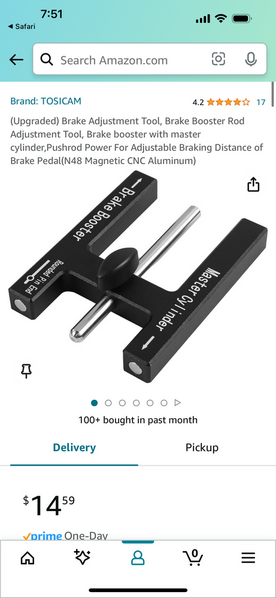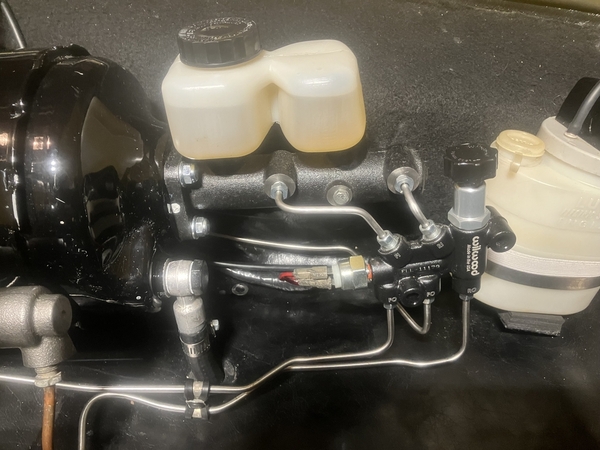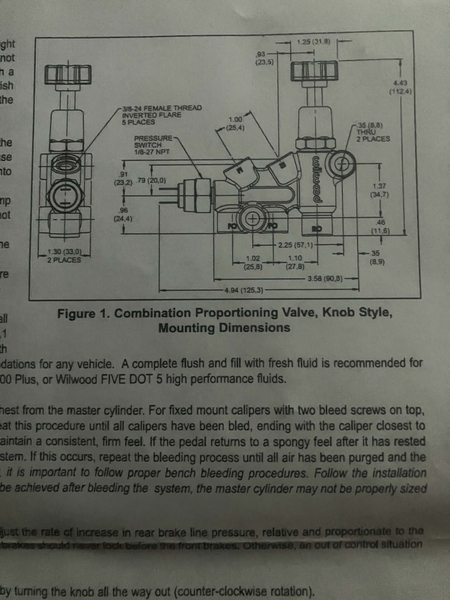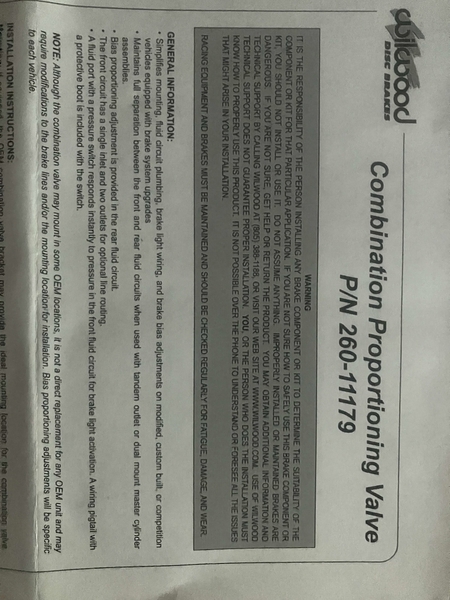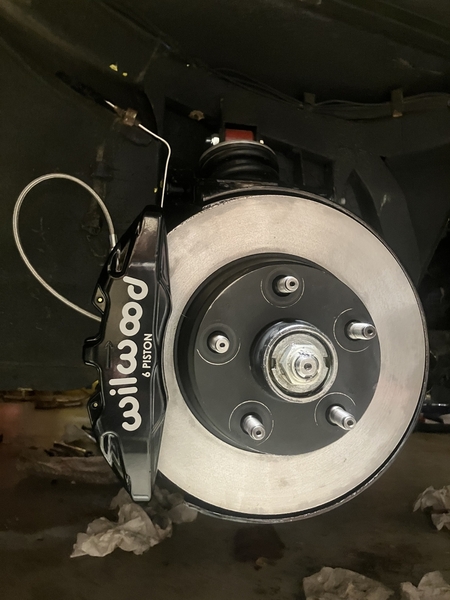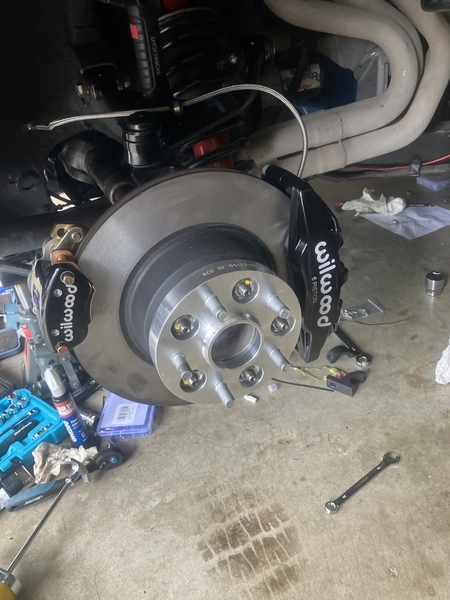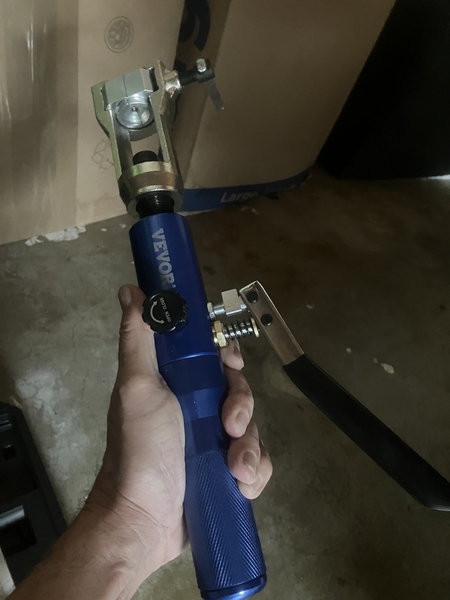The issue is that you need to do "panic stops" to see if the rears lock up and if they do to adjust the pressure to the rears.
You can't do that on the street. You need a closed course and some time to do it safely on.
Even if you increased front braking you can't just go and increase the rear proportionally even if you knew the number. You have to find the rear lockup point then back off of that with a safety factor.
That kind of braking will cause the rear to steer and that can be lethal.
That entire brake proportioning thing was orchestrated by Ford and they feared braking that was disproportional to other production vehicles as a potentially catastrophic event.
It also involved available traction that the production tires of the time were capable of.
Also, it isn't just the brakes themselves involved. It is also the weight transfer, which is affected by suspension changes such as spring rates and shock response. Ride height also weighs in on this, so it can be complicated. You are going to need to plumb in an adjustable proportioning valve to the rears as a minimal solution.
Some race cars have that driver accessible in the cabin so it can be adjusted by the driver while the car is on the track.
Not everyone financially capable of owning a high performance vehicle was capable of operating it safely. So the unspoken Corporate decision was to reduce the braking capability. Kind of backward thinking if you ask me, but no one is asking me.
That might have involved more development time at additional cost to Ford, so I'd think that was part of the solution for a safe production car as well? Who knows the exact reasoning now? Just educated speculation on anyone's part?






